Ah, yes. You’ve finally manned up and purchased your first backpacking backpack. You’re filled with excitement at the thought of wandering into the wilderness with nothing but your pack and some MREs.
That is until you pack up your backpack with all your gear, bend down to pick it up, and then fall back over. We’ve all been there.
Packing for your first backpack trip is exciting (and it should be!), but as a beginner backpacker, we all packed heavy duty equipment and gear, extras we didn’t really need, and tried to struggle our way through our first overnight hike.
But what if I told you you didn’t have to struggle uphill for several miles with all that weight? What if I told you that you could pack everything you’d need for a 1-2 day trip without becoming The Hunchback of Notre Dame?
“No way, Erin, I want to be a real woman (or man!) and struggle for 20 miles in and out.”
“But I need all of this stuff. How will I survive without it?”
Ah, young grasshopper, let’s take a dive into my pack and maybe we will discover some Beginner Backpacking secrets you never knew…
My Pack:

My current backpacking pack is not a ridiculously expensive one. It’s one I found online and thought, “Hey, this looks handy,” and then bought it to try it out. It’s served me well and has just enough space to carry things for a 1-2 day hiking trip.
My pack has TONS of pockets inside and out. This is helpful for storing small to medium items like water bottles, toiletries, sunscreen, headlamps, and other gear you actually need but don’t want to lose at the bottom of your pack.
The backpack itself also has a variety of clips that clip together and are able to loop through all kinds of things (think hats, river sandals, towels, stuff sacks). It also has two clips on the very bottom of the pack itself to attach longer or wider items like your tent or sleeping bag.
It’s made out of durable material that would be difficult to scuff or scratch up. It also came with a rain cover to cover the bag itself in case of an unexpected downpour on the trail.
Inside the Pack:
When you pack for your first trip, you have to ask yourself what the essentials are.
Here are a few questions I ask myself before every backpacking trip I take:
- Will you be staying at a campsite where there is access to a campfire already?
- Will I need warm or cool weather clothing, or both?
- What are the essentials I have to have in order to live? (medications or first aid kit for example)
- How much food and water will I need to get to my destination? Will there be water access when I get there to fill up again?
- What can I do to keep my pack light, but still have everything I need?
- What do I do with my trash/waste after I am done doing all the hiking things?
Here is my list of must haves when backpacking:
- Food for every day I am hiking or camping plus an additional day and a half and cooking ware (pot, mini jetbroil system, lightweight utensils)
- A mini water filtration system, in case there is no access to clean water where we are heading or have to stop along the way.
- First Aid Kit. This doesn’t have to be a full-blown kit, but having the basics like clean dressings, gauze, iodine, tweezers, antibiotic cream, pain meds etc., is a good idea.
- A handful of trash bags to pack out what I pack in. I usually tie these to my pack when we head out on our final day and tie them up on trees high enough to keep the critters out.
- Tent & sleeping bag in case we need cover from the weather or just want to be more secluded at a busier campsite.
- Extra water bottles to stay hydrated.
Only a few of these items are lightweight, which means you have to keep your extra things like clothes, shoes, and fancy gear as light as possible.
There are a few things that I have made a small investment in that have saved my back and my wallet from crying when planning for backpacking trips:
- Titanium Sporks for Utensils. You can find these at your local REI and they are SUPER light. We love the long ones because they reach all the way down inside your MRE bag and it saves us from bringing bowls or plates with us, too!
- Lightweight River Shoes. I love my Chacos to the ends of the earth, but I had to leave them behind when we went to Havasupai. I wore socks the entire trip into the river which wasn’t ideal so when I got back, I was on the hunt for durable, lightweight river shoes. I found my Xero sandals at a local outfitter, but you can find them online, too.
- Lighter weight tents or sleeping pads. I have yet to invest in a lighter version of what I already have, but it’s next on the list. You’ll understand when you try to take your 8 pound tent, 2 pound sleeping bag, and 3 pound sleeping pad along with everything else you packed for your first adventure. Investing in something a little lighter will indeed feel worth it after you get back.
Depending on if you go with a guide or not, your backpacking guide most likely has a checklist for just about any trip they have on their site. You can do some digging around on guided trip sites and find specific checklists to make sure you have everything you need for your adventure. I always check with my local guide site when planning to make sure I have everything I need from an expert’s list and not just my own. My local tour guides at Just Roughin’ It have lists for their trips online and it’s been a game changer.
How to Pack the Pack:
Packing the pack is key to making sure you have everything you need for your trip. There are tons of ways to do it, but you'll want to be as efficient as possible.
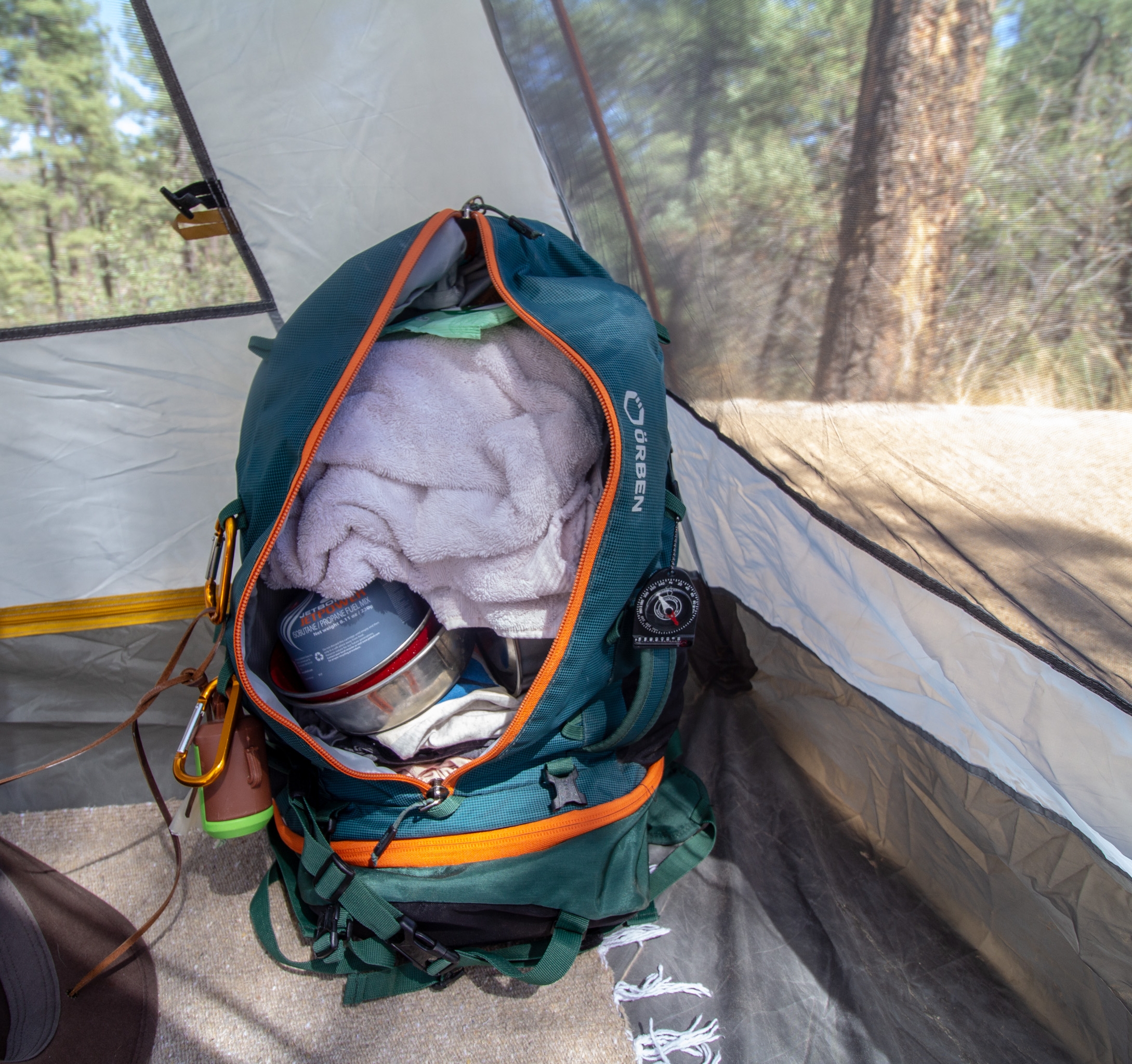
At the very bottom of your backpack, you want to pack your medium weight gear like your sleeping bag, extra clothes, or sleeping pad.
On top of the medium weight gear, you should pack your heavier gear. This will include camping pots, food, and possibly your tent. Your hydration pack should be placed in your hydration pocket if you have one. This can be inside or outside your pack. Mine is in on the inside near the back of my backpack.
After all of your heavier gear is packed up, you want to add your lightest gear on top. Things like a camp pillow or towel are the perfect items for this section.
At the very top of your pack before you seal everything up, you should pack your most frequently used items while you hike. Sunscreen, headlamps, snacks, bandanas, etc., are the perfect items for your top layer. If you don’t have any extra room in your pack for these items, look for outer pockets to put this stuff in.
And ta-da! You’re ready to go.
Backpacking is one of my favorite past times and allows me to spend more time in nature than just your weekend camping trip. Next time you pack up, be sure you pack light, pack out what you pack in, and keep it wild.
Narrator: This blog was thoughtfully written by Erin Maxson. You can find her on Instagram @withdogshetravels.

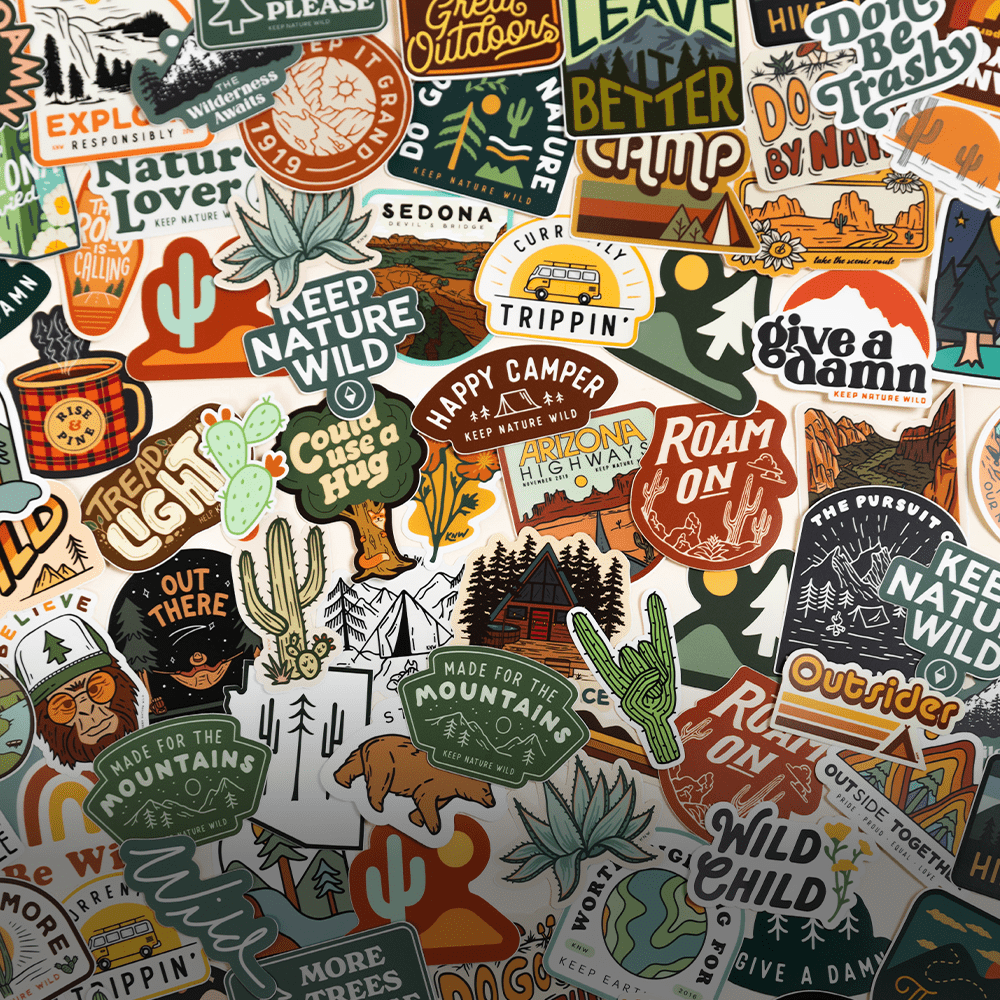
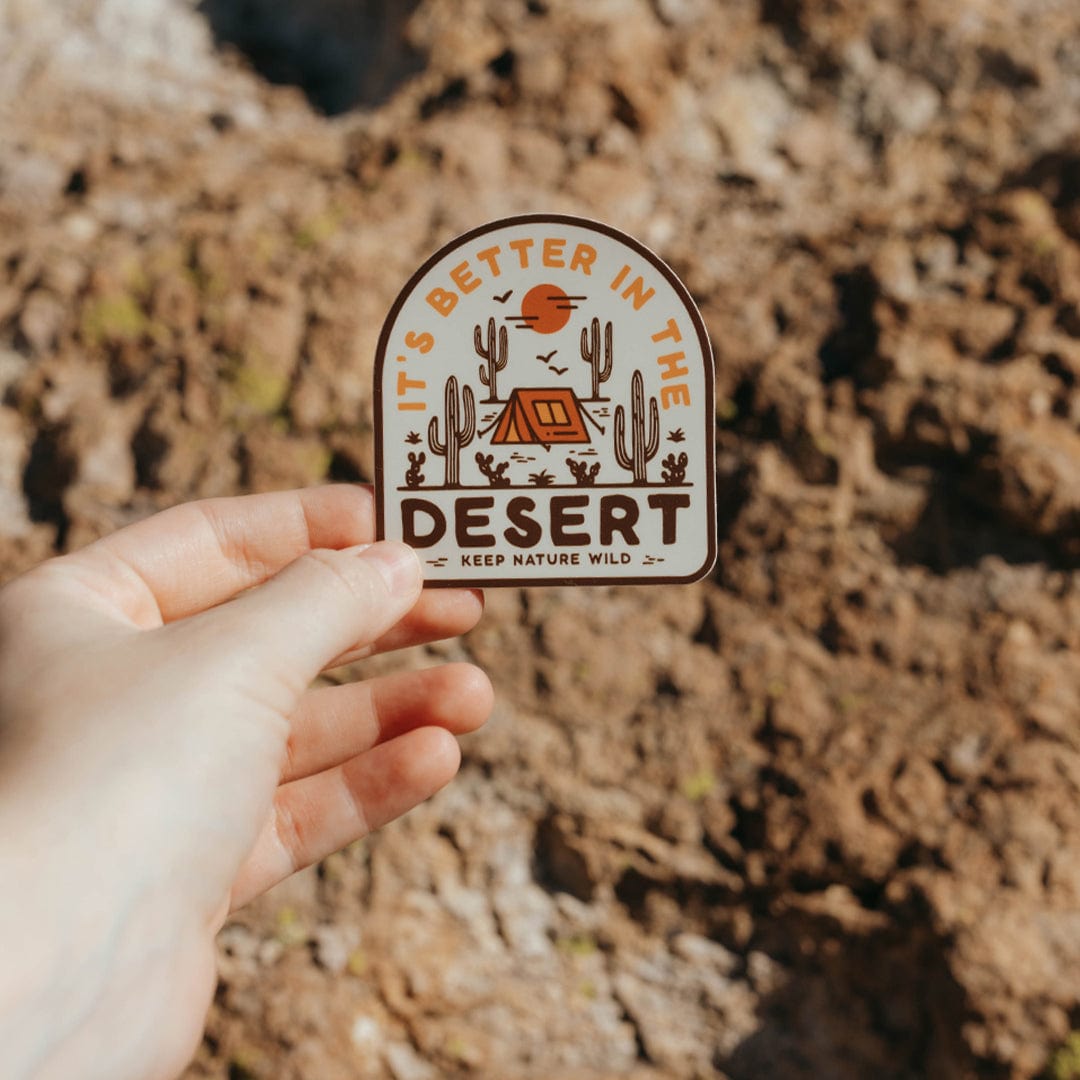
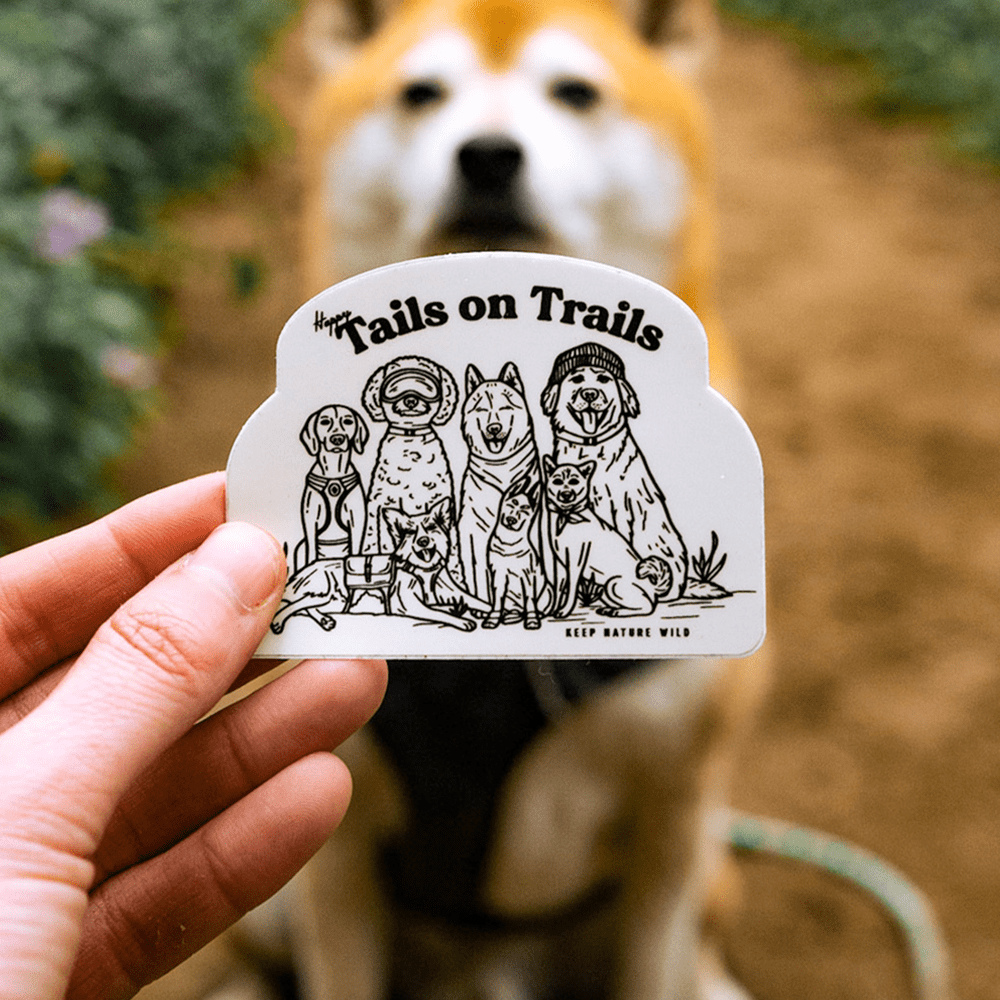
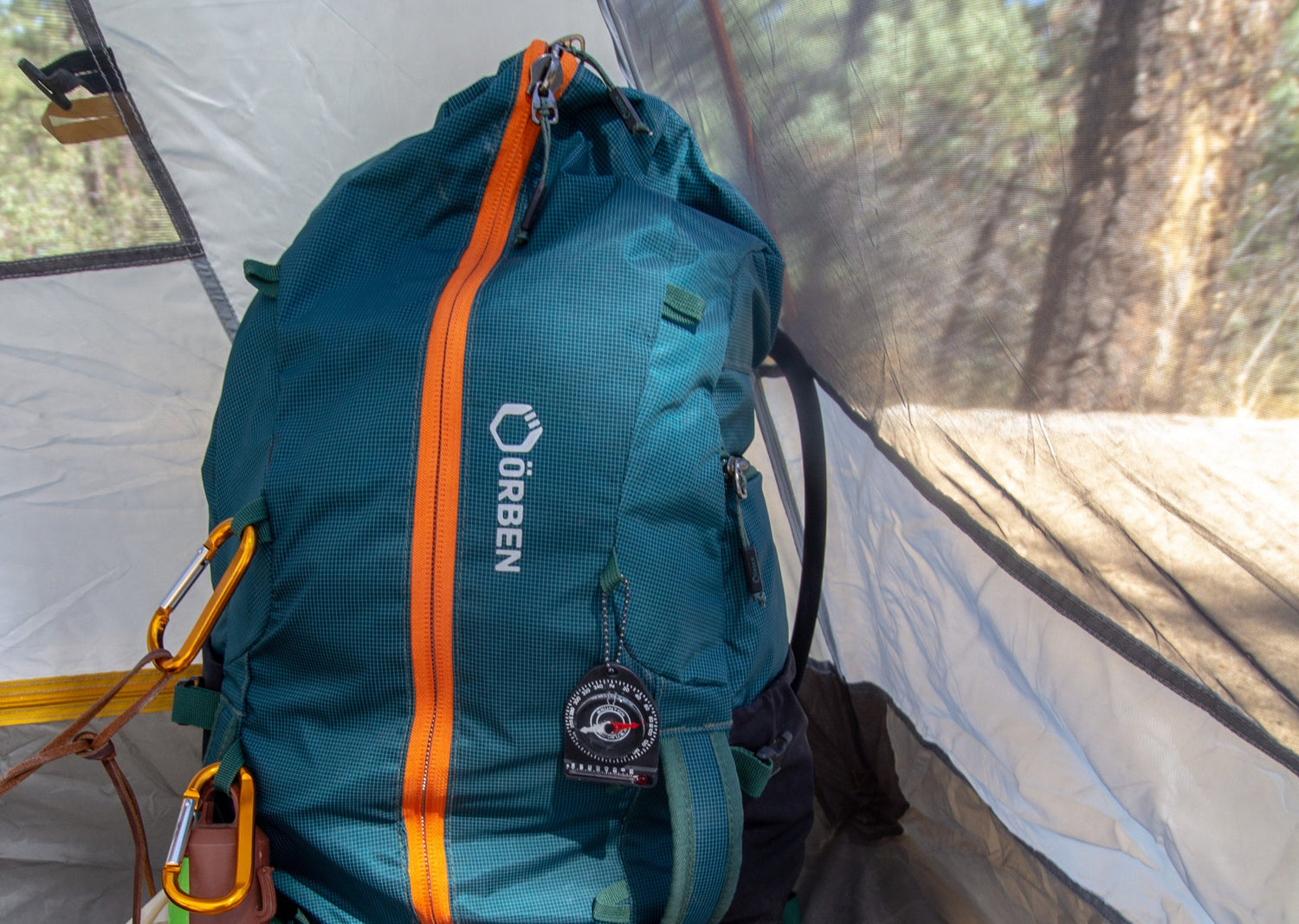
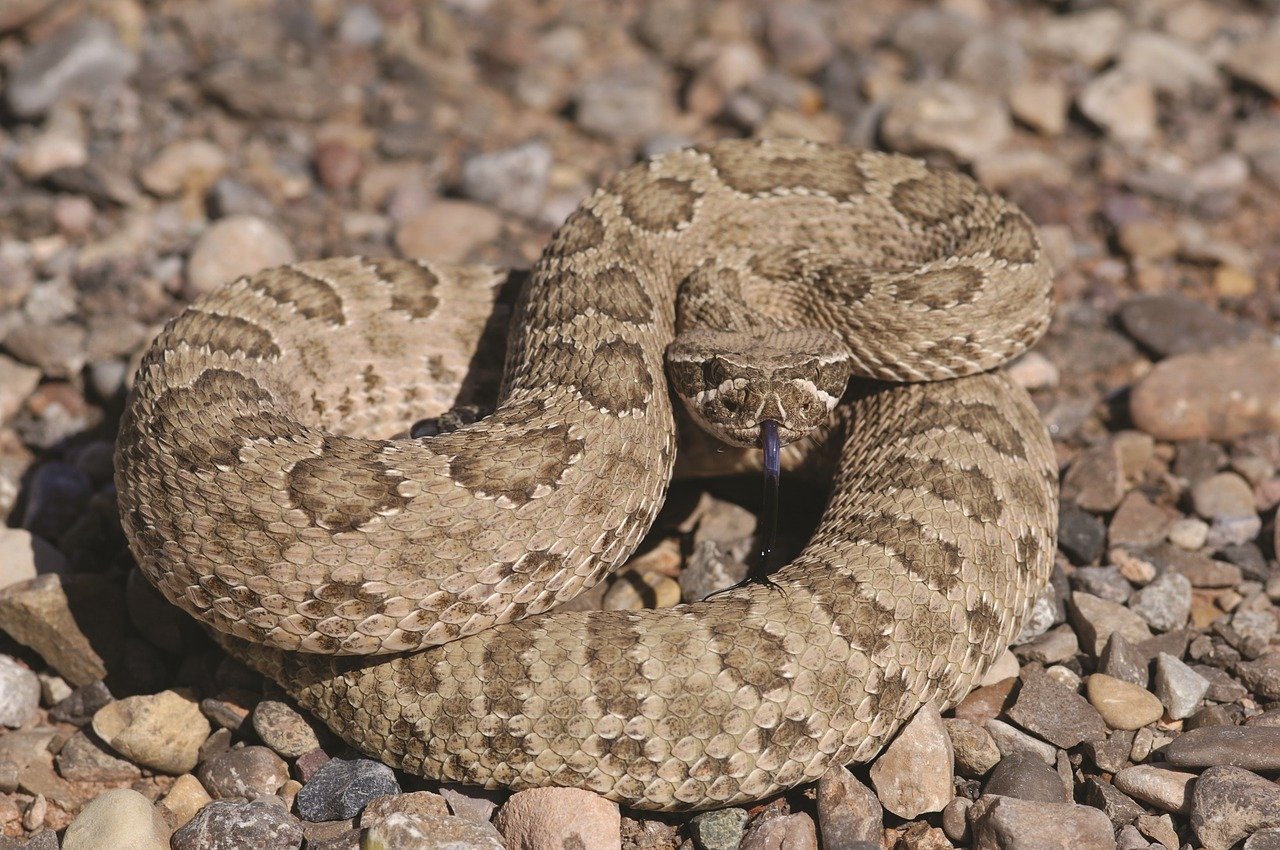
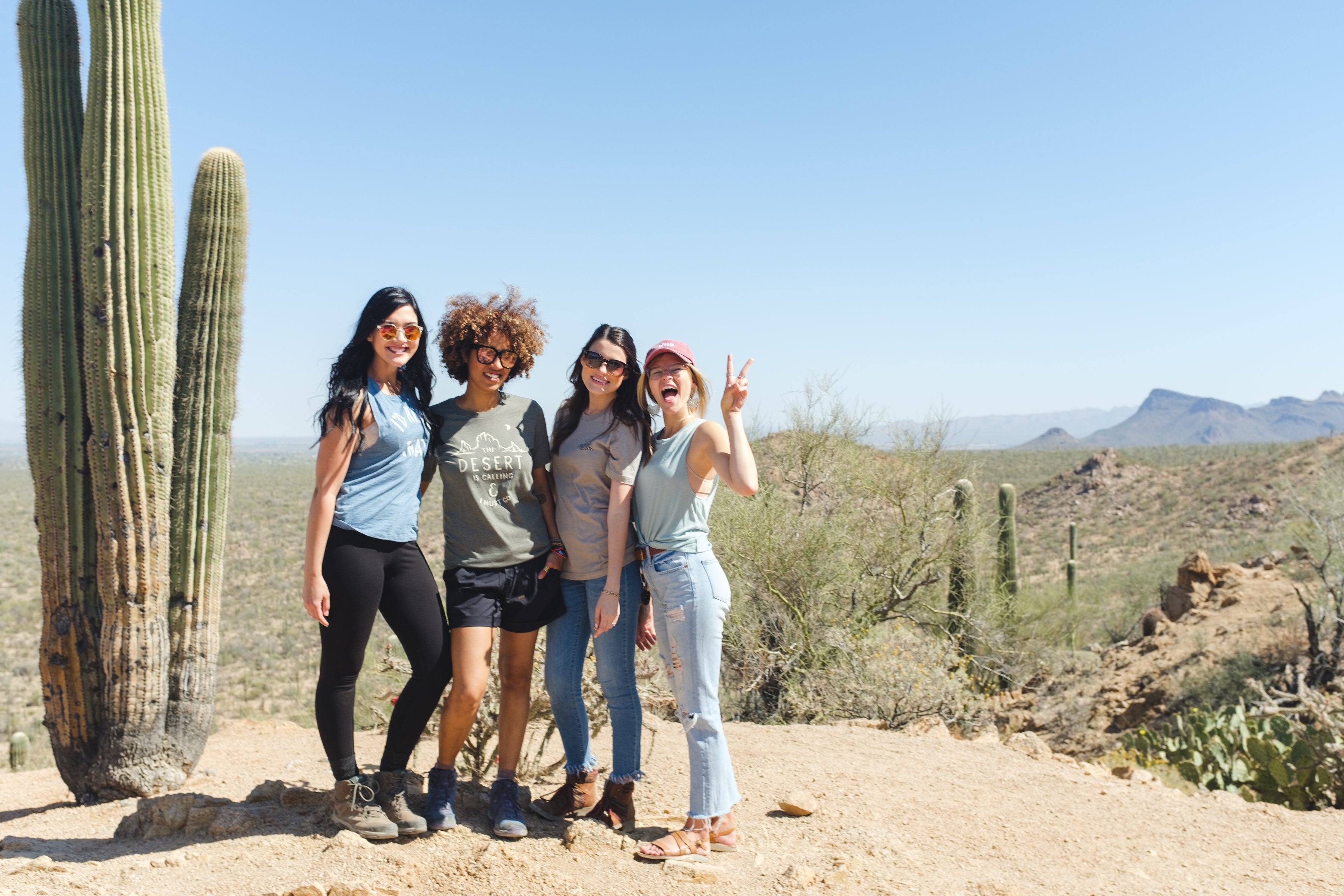
Leave a comment
All comments are moderated before being published.
This site is protected by hCaptcha and the hCaptcha Privacy Policy and Terms of Service apply.